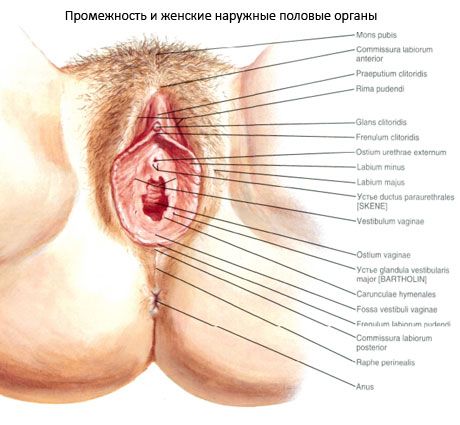Medical expert of the article
New publications
Large and small labia
Last reviewed: 07.07.2025

All iLive content is medically reviewed or fact checked to ensure as much factual accuracy as possible.
We have strict sourcing guidelines and only link to reputable media sites, academic research institutions and, whenever possible, medically peer reviewed studies. Note that the numbers in parentheses ([1], [2], etc.) are clickable links to these studies.
If you feel that any of our content is inaccurate, out-of-date, or otherwise questionable, please select it and press Ctrl + Enter.
The labia majora (labia majora pudendi) are a paired skin fold, elastic, 7-8 cm long and 2-3 cm wide. They border the genital slit (rima pudendi) on the sides. The labia majora are connected to each other by adhesions: a wider anterior commissure of the lips (commissuia labiorum anterior) and a narrow posterior commissure of the lips (commissura labiorum posterior). The inner surface of the labia majora faces each other. This surface is pink and resembles a mucous membrane. The skin covering the labia majora is pigmented and contains numerous sebaceous and sweat glands. In the anterior part of the labia majora, the ends of the round ligaments of the uterus diverge in a fan-shaped manner. These connective tissue formations fix the labia majora to the periosteum of the pubic bones.

The labia minora (labia minora pudendi) are paired longitudinal thin skin folds, resembling the mucous membrane in nature, located longitudinally inward from the labia majora. They are separated from each other by the interlabial groove. The outer surface of the labia minora faces the labia majora, and the inner surface faces the entrance to the vagina. The anterior edges of the labia minora are thinned and free. The labia minora are constructed of connective tissue without fatty tissue, contain a large number of elastic fibers, smooth muscle cells and a venous plexus. The posterior ends of the labia minora are connected to each other and form a transverse fold - the frenulum of the labia (frenulum labiorum pudendi), which limits a small depression - the fossa of the vestibule of the vagina (fossa vestibuli vaginae). The anterior section of each labia minora is divided into two legs. The outer, or anterior, legs, joining above the clitoris, form the foreskin of the clitoris . The inner (posterior) legs of the labia minora form the frenulum of the clitoris , located beneath it. The labia minora in their lower third gradually merge with the labia majora or join together, forming a small transverse fold located along the midline of the perineum - the frenulum of the lips . In front of this frenulum, between it and the hymen or its remnants, there is a small depression - the fossaof the vestibule of the vagina.
What's bothering you?
What do need to examine?
What tests are needed?


 [
[